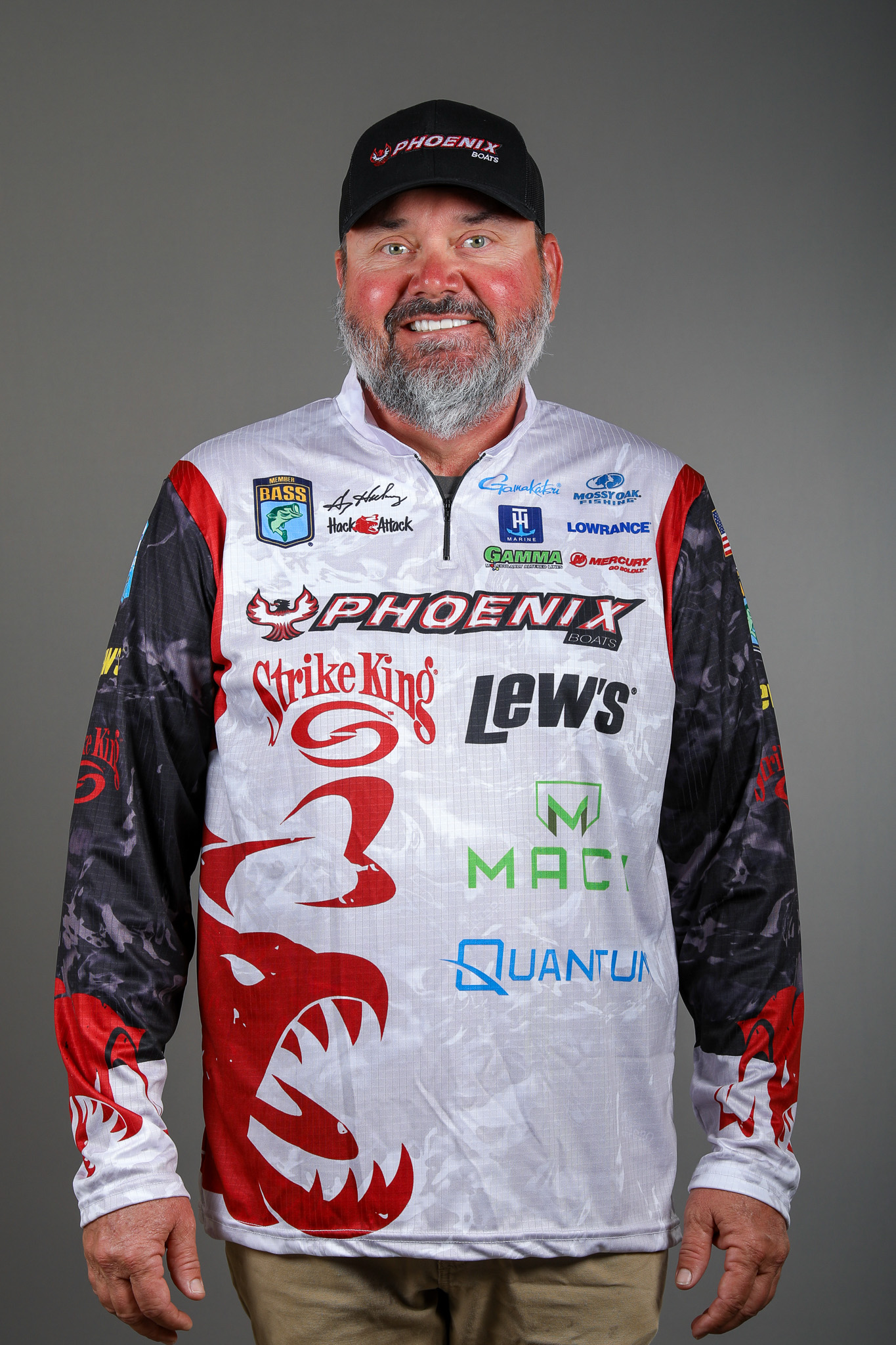
Last time we talked mostly about shallow water and Rule 2. Now let’s look at what happens in the deep.
Bass will suspend even when the water’s really deep, like in the 60 or 70 foot range. It’s just that they do it a little differently because they have so much more water at their disposal. Standing timber might be the best example of what I’m talking about.
Bass will almost always suspend when they’re in standing timber. Depending upon the conditions and the individual lake you’re fishing they might suspend near the bottom or way up in the tops. There aren’t any hard and fast rules for how they will behave, and they frequently will move without giving you a forwarding address. Nevertheless, it’s possible to target them accurately and present your lure at exactly the right depth.
The best and fastest way to do that is to drop something in the trees, make sure it falls all the way to the bottom and then make a mental note of where your bite happened. In some ways doing this is actually easier in deep water than it is in shallow water. You have more time to count your bait down.
While you’re counting take time to look carefully at the water. Note how much color it has to it. That’ll give you a clue as to where the bass will most likely be holding. What I said last time about water color affecting how deep a bass is likely to be is just as true in deep water as it is in shallow water.
However, don’t just look out. Look in, too. Sometimes water will look muddy or even black when you look across it, but when you look down into it you’ll realize that there’s more visibility than you realized.
Open water creates different options. In some cases the bass will hold right on the bottom but under other circumstances they’ll be up, off the bottom. A little local knowledge will go a long way here.
Bass holding on shell beds out off the shore is a situation where they’ll likely be on the bottom. You see this a lot in lakes with current. It pulls the sand, gravel and small shells along to make the beds. It also pulls the baitfish along, and at the same depth. That’s why so many bass are caught on Kentucky Lake with bottom hugging lures on ledges with shell beds.
An example of them suspending in open water happened at Cherokee Lake earlier this year. The water was deep and cold. And, there wasn’t much down there but rock. So, everything had a tendency to suspend. Everything included the bass.
The forage base will also affect how deep you should start your search. Pay attention to how deep it’s holding. An example of how this works is with blueback herring. If they’re the primary forage in your lake, don’t bother fishing on the bottom. They never hang out down there, and neither do the bass.
Here’s the deal: Savvy anglers find the bass and then figure out how deep they’re holding.

